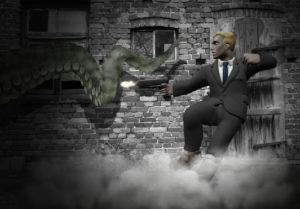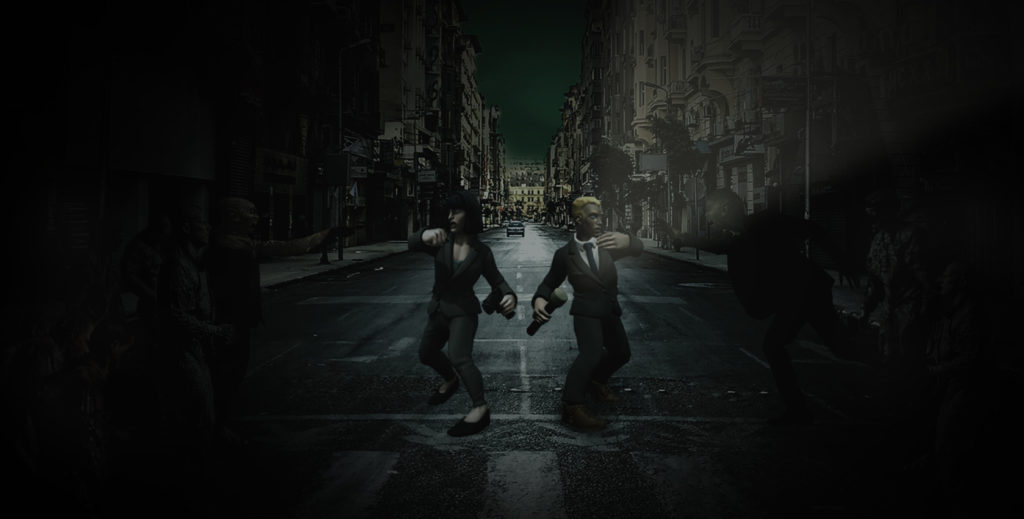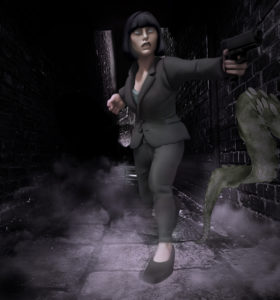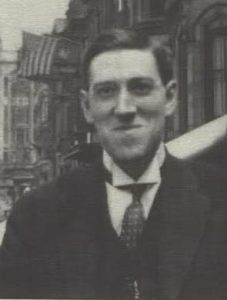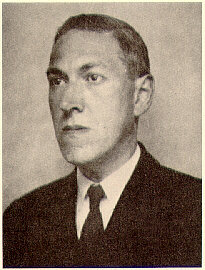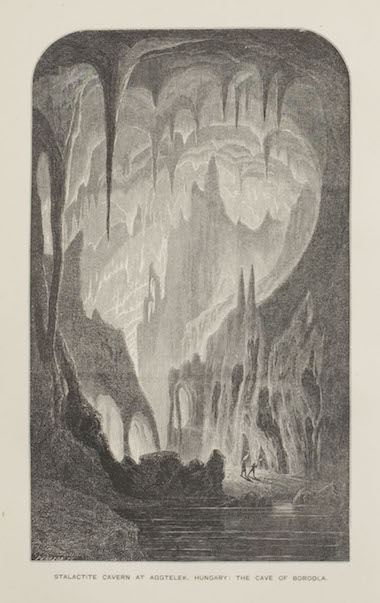
I’ll admit it: I’m a sucker for a story or novel set somewhere beneath the earth’s surface. I suppose I can lay this odd predilection of mine squarely on Jules Verne’s doorstep.
After all, what kid, especially a young boy, hasn’t read A Journey To The Center Of The Earth? My first exposure was a comic book version. Then I read the novel, and afterwards saw a movie version. I was hooked.
When writing my first novel, Festival Of Death, I discovered there are caves beneath Minneapolis! That was all it took. I just had to set part of Tina’s and Harry’s case in the labyrinths beneath the city.
There’s something about subterranean worlds and settings that captures our imagination in a way no other setting does. Perhaps it’s the idea of the hidden and mysterious right beneath our feet. There’s also the notion that below ground is associated with death, and by extension evil.
I suppose it all started with Hades — the land of the dead in Greek mythology. A mysterious realm prohibited to the living with but rare exceptions.
Of course we can’t forget Dante’s Inferno. Another portrayal of the realm of the dead. And equally as forbidding as the pictures portrayed in the Greek myths.
It was in the 18th-century that subterranean fiction really got its start as something separate from portrayals of the land of the dead.
There’s Ludvig Holberg’s Nicolai Klimii inter subterraneum, published in 1741. Nicolai Klim spends several years exploring an earth inside our earth.
In 1788, Giacomo Casanova (yes, that Casanova) published the 5-volume Icosaméran. The “book” is an 1,800-page story of a brother and sister who discover a subterranean utopia.
The 19th century saw a proliferation of novels and stories with subterranean settings.
- The 1820 sci-fi novel Symzonia: A Voyage of Discovery
- Poe’s 1838 novel, The Narrative of Arthur Gordon Pym of Nantucket
- The above-mentioned novel by Verne, published in 1864
- Lewis Carroll’s Alice’s Adventures in Wonderland
- The Coming Race by Edward Bulwer-Lytton, published in 1871
- In 1881 there appeared Mary Lane’s hollow earth novel, Mizora, complete with feminist themes!
- William R Bradshaw’s 1892 sci-fi novel The Goddess of Atvatabar (Avatar?)
The above are just a few of the many novels making their appearance before the reading public during the 1800s.
In the 20th century, subterranean fiction continued full-steam ahead. Burrough’s Pellucidar series. Rex Stout’s Under the Andes. Charles R Tanner’s Tumithak of the Corridors. Sean O’Larkin’s Morgo the Mighty; Otis Adelbert Kline’s Tam, Son of the Tiger; and Stanton A Coblentz’s Hidden World. To name just a few.
JRR Tolkien and CS Lewis have subterranean worlds, as does L Frank Baum. There was even a Choose Your Own Adventure hollow earth book: The Underground Kingdom (1983).
And the above are only a few of the 20th century’s offerings. The outpouring of novels set in subterranean worlds hasn’t abated. It’s a setting that continues to inspire.
HP Lovecraft made use of the theme in at least 4 of his stories:
- The Beast in the Cave
- The Transition of Juan Romero
- The Festival
- The Mound
And I make use of a subterranean world in my forthcoming Pierce Mostyn adventure: Stairway to Hell.
Life below ground was never so good. If you have a favorite subterranean novel, let me know in the comments. Until next time, happy reading!
Share This!